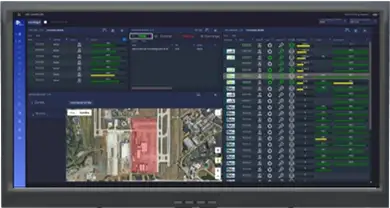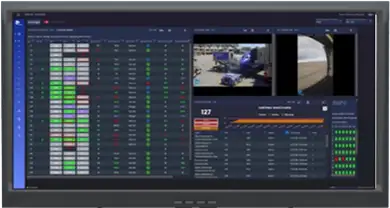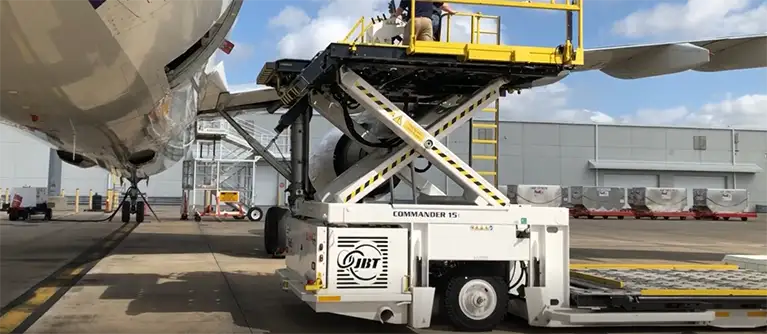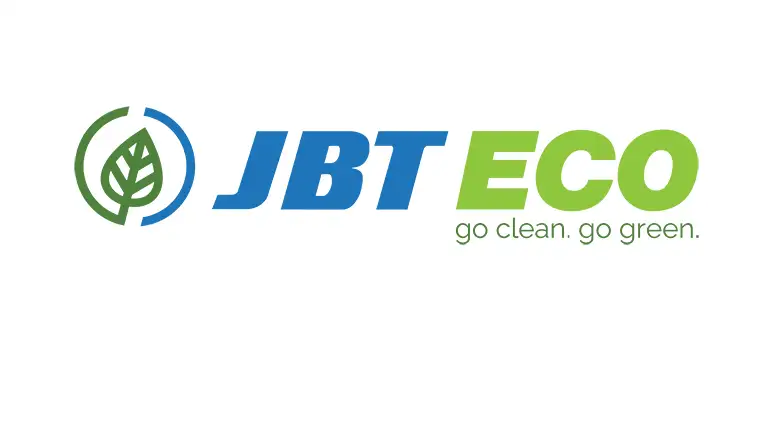“JBT AeroTech, For the Perfect Turn,” is a meaningful tagline used in advertisements and brochures. It references JBT’s comprehensive solutions enabling the aviation industry to efficiently, profitably, and responsibly get parked aircraft airborne. Planes on the ground do not make money for our customers and they under-utilize or waste valuable resources. JBT helps get those parked aircraft back into the air.
JBT’s portfolio of mobile ground support equipment and fixed gate equipment supplies the needed hardware for the aircraft turn, but for true optimization, to achieve a “perfect” turn, this hardware is best used in concert with our iOPS telematics fleet management and equipment monitoring capabilities. With iOPS, our customers monitor equipment and operational performance, and this helps propel them to increased efficiencies, fuel savings, cost savings, and greener operations.

Example – A Major U.S. Airline:
A major U.S. airline, specializing in fast, efficient aircraft turns, currently has more than 200 gates at different cities across North America equipped with JBT iOPS. At these gates, the status and use of pre-conditioned air (PCA) devices and 400 Hz ground power units (GPU) is extensively monitored. This airline customer looks at metrics for equipment use, PCA and GPU hook-up times, and the diagnostic status of the equipment. For all our airline and cargo handling customers, minutes matter. JBT iOPS helps shave minutes from APU run time during every turn. Aircraft power units (APU) burn fuel at a minimum of 34 gallons per hour and each gallon of fuel burned produces 21 pounds of greenhouse gases (GHG). For the airline in this study, this means more than 500 million pounds of GHGs per year need managing.
Using iOPS data, JBT personnel were able to make the following estimates. iOPS data at the airline’s major hub shows an impressive 97% utilization of PCA and GPU equipment, with an average hook-up time of 2.08 minutes. This hub has been using JBT iOPS for about 6 years, and it shows with comparatively fast hook up times and high equipment utilization rates for the fuel saving PCA and GPU equipment.
At other locations, where iOPS has been installed for a year or less, the results are different. Typical hook up times for PCA and GPU average between 3.18 minutes and 3.50 minutes. And, more importantly, PCA is used only 20% to 50% of the time, while GPUs are hooked up between 70% and 92% of the time. Without both PCA and GPU hooked up to the aircraft, the aircraft power unit cannot be effectively turned off. Just looking at the two most recent iOPS installations for this airline, greenhouse gas emissions could be reduced by some 1.8M tons / year by bringing operations at those two sites in line with the typical operations at their hub location. iOPS is giving this airline, and our other customers, tremendous insight into how to save money and reduce emissions at each of their locations equipped with JBT’s telematics technology.
iOPS: Equipment Monitoring & Troubleshooting
- Reduced Downtime
- Lower Maintenance Costs
- Reduced Jet and Diesel Fuel Burn
- Faster Aircraft Turns
Mobile Equipment

Gate Equipment

One Architecture
For All Equipment and Assets
Example – A Major Cargo Handler:

A major US-based air freight company is looking to use iOPS to monitor the diesel engine idle time for their fleet of ground support equipment. The freight handler estimates an annual savings of $738,000 in reduced diesel fuel spend. This translates to roughly 2,583 tons of GHG saved each year.
Summary
JBT AeroTech’s iOPS is a great tool to help reduce aviation’s carbon footprint and unwanted expenses. Literally, millions of tons of GHG gasses are saved each year because of iOPS. And, as more iOPS systems are installed that number will only increase. A “Perfect Turn” is a win for our customers, the industry, and the planet.
